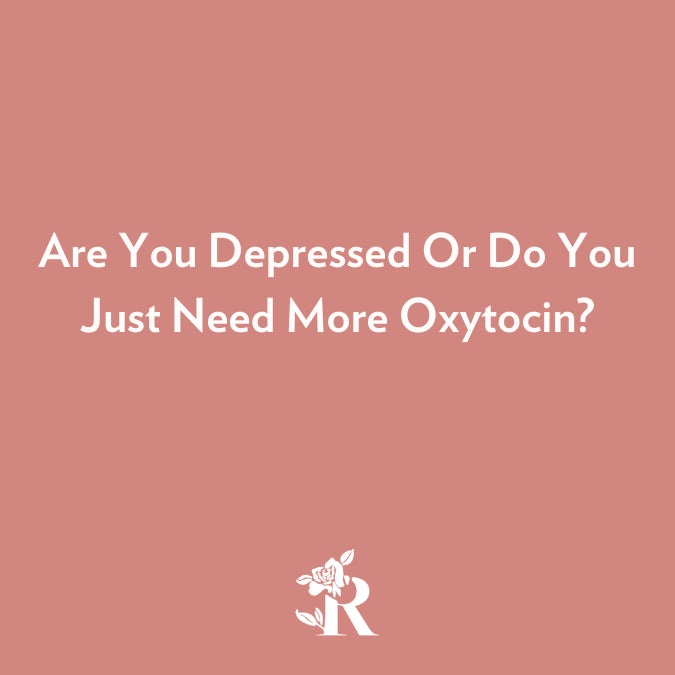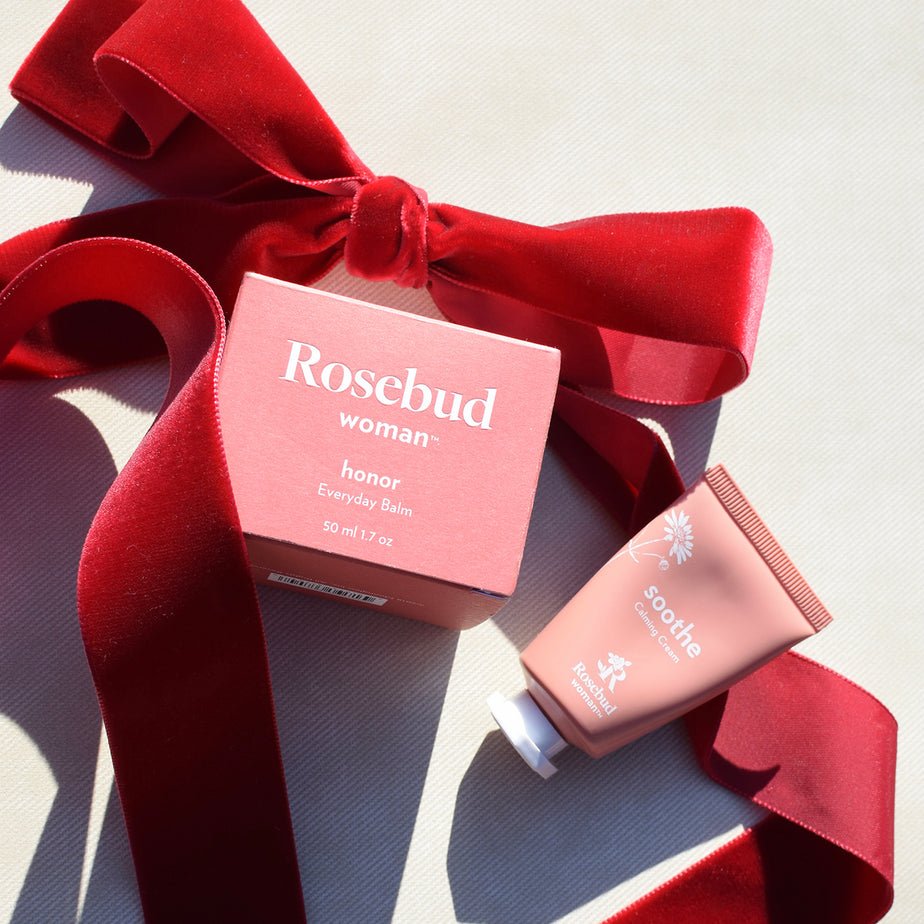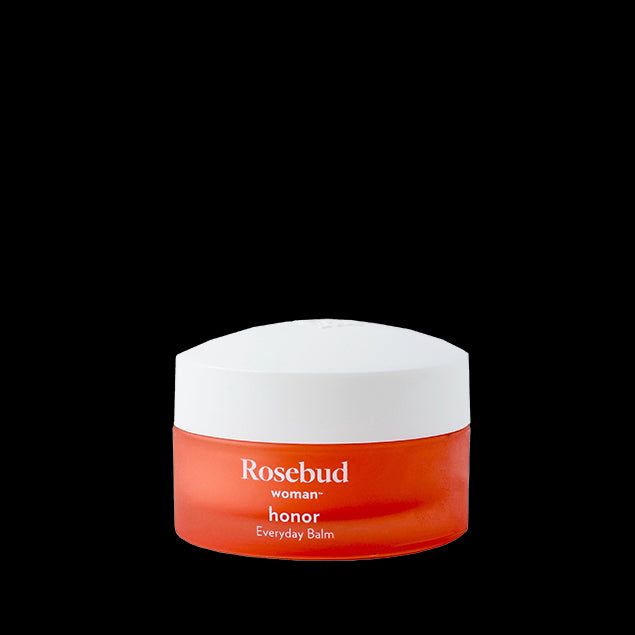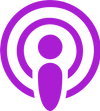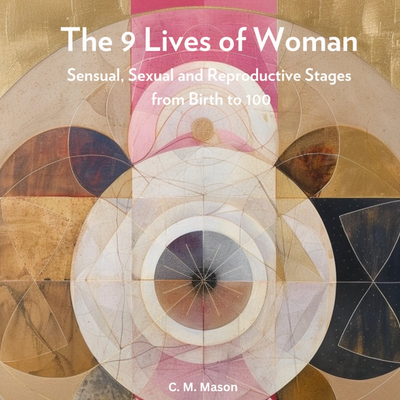Are you Depressed Or Do You Just Need More Oxytocin?
What Oxytocin Does in a Woman's Body
Sometimes called the “love and trust” hormone, oxytocin is a beautiful, mysterious neurotransmitter— and it makes us realize how much we really are the expression of our inner chemical systems! Oxytocin is produced by the hypothalamus (about three inches behind the forehead) and secreted by the pituitary gland (just underneath it).
For women, oxytocin is a crucial part of love and reproduction. In sexual encounters, erotic stimulation of the nipples can cause oxytocin to flow, which may be why women’s breasts are essential in sexual arousal. It contributes to vaginal lubrication and the contractions of orgasm. After orgasm, women tend to feel more alert and awake than men, who often conk out immediately. That's because of the energizing flow of oxytocin released in a woman’s body when she climaxes. In reproduction, oxytocin causes the uterine muscles to contract when a woman is in labor; it’s sometimes given in a synthetic form (as pitocin) to induce difficult births. After birth, oxytocin moves milk to the breasts and is part of the deep bonding between mother and infant.
In addition to its critical role in love and baby-making, oxytocin is the antidote to cortisol, the stress hormone in females. In consistent high doses, cortisol makes people lonely and fearful, and accelerates aging. In daily life, oxytocin lowers cortisol, blood pressure, and more. It makes us feel good when we bond, fall in love, share a secret, rescue a puppy, or cook a meal for friends.
What happens when Oxytocin levels are depleted?
According to the Menopause Centre, a deficiency in oxytocin can affect a woman’s sexual health. Some of the symptoms they note include low libido, irritability, an inability to feel affection, anxiety, and difficulty achieving orgasm. Many of the indicators of low oxytocin seem analogous to those of classic depression.
How is Oxytocin Triggered to Release into the Body?
Because of the hormone’s role in childbirth, women naturally have higher oxytocin levels than men. Its release is, of course, triggered during labor and continues into the lactation phase. Sexual activity also activates this powerful neurotransmitter, which seems to play a role in erection and orgasm in both men and women.
But sex and/or childbirth are not the only paths to increasing oxytocin. Being in harmony with others -- being in present, pleasant connection -- entices it into the bloodstream. If you design a life that has a lot of what I call “Relational Medicine”— hugging, kissing, giving gifts, taking a road trip with a friend, collaborating, cocreating, laughing, and interacting with children—you probably have a higher oxytocin baseline in your body. You can deliberately trigger oxytocin release with embracing, massage, stroking, cuddling (in fact, any human or animal touch), and (surprise!) extended foreplay.
But what if that human connection isn’t immediately available? You can also bring on oxytocin through profoundly relaxing and rhythmic activities. Do repetitive activities that involve undulations in the hips and belly, such as swimming or floating in water or dancing (especially belly dancing or pole dancing); vinyasa flow-style yoga, where you’re “surfing the breath”; sports that ride waves or mountains; any exercises that activate the pelvic floor, such as working with jade eggs, kegels, or practicing pulsation in moola bandha, or root lock; and even rhythmic household chores, like painting a wall or doing the dishes.
In the case of severe deficiencies, there are various oral administrations, nasal sprays, and even clitoral balms. But be careful, as oxytocin can be a double-edged sword. It can provoke oversensitivity in social situations and increased sensitivity to other people’s emotions – in other words, an overdose of empathy.
We made our Honor Balm specifically for self-massage and self-touch- use it on the external genitalia, the pressure points in the hips and groin, and the nipples.
In our book The Invitation to Daily Intimate Self Care, we offer several practices for touch and oxytocin enhancement!
Sources
https://www.hormone.org/hormones-and-health/hormones/oxytocin
https://www.medicalnewstoday.com/articles/275795.php
https://www.menopausecentre.com.au/information-centre/articles/oxytocin-signs-may-deficient/
Treat yourself

